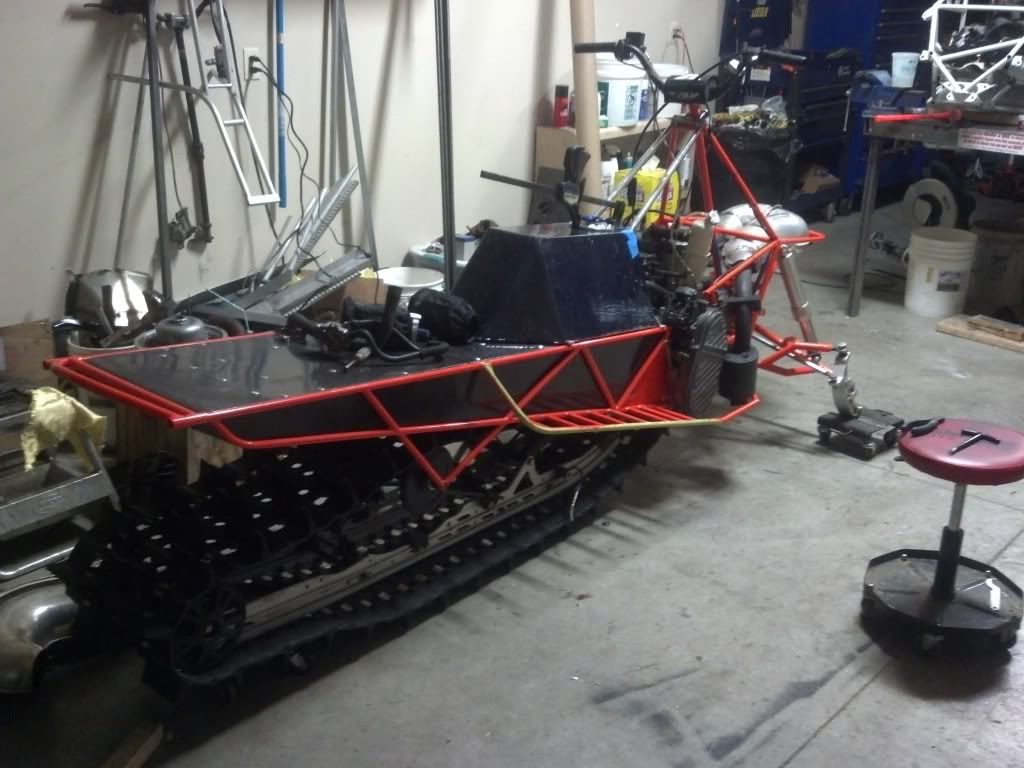C
couch
Well-known member
Why are sleds different than bikes, quads, side x sides? Why the mish-mash of frame components in sleds - some use cast aluminium, bent aluminium, some extrusions, some carbon tubes, some steel, and so on? Don't see the same type of mixed materials on other rec products.
Seems to me that a properly designed tube frame is stronger and lighter than all the various bits & pieces all of the OEMs use. Why not a decent factory tube frame with SMC to cover the tunnel & engine bay?
Can't be any more expensive to wield up quad or side x side frame than a sled - price points are similar and lots of these machines get abused every bit as much as sleds!
The custom tube builds seem to back up the lighter & stronger argument ... cost for an OEM should be substantially lower given economy of scale and availability of automated tube formers and wielding robots.
Just wondering???????
Seems to me that a properly designed tube frame is stronger and lighter than all the various bits & pieces all of the OEMs use. Why not a decent factory tube frame with SMC to cover the tunnel & engine bay?
Can't be any more expensive to wield up quad or side x side frame than a sled - price points are similar and lots of these machines get abused every bit as much as sleds!
The custom tube builds seem to back up the lighter & stronger argument ... cost for an OEM should be substantially lower given economy of scale and availability of automated tube formers and wielding robots.
Just wondering???????



